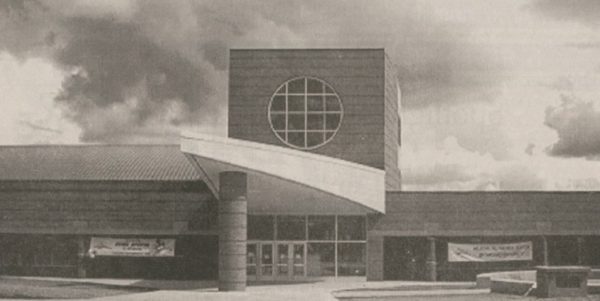General Motors Lake Orion plant makes a recovery
In November 2009, 4.3 million square feet of General Motors property lay idle. The constant humming of machines had vanished — the robots, who normally work tirelessly, were either gone or powered off. The plant, which can hold hundreds of workers, held only silence.
Throw a financially ailing GM into the mix, and the situation did not look so great at the Orion Assembly Plant in Orion Township, Mich.
A visit to the plant today, however, exposes a drastically different scenario. Each day, 450 robots are busy assembling parts and scurrying around, almost 2,000 people show up to work and 825 cars roll off the assembly line.
Back in motion
After the 2008-09 auto crisis and the post-bankruptcy changes to GM, the plant was modernized to usher in a new era of auto manufacturing. The entire climate of the auto industry changed. The popularity of SUVs declined dramatically due to high gas prices, and the overall economic mood was low in the wake of the recession.
With the exponential popularity of economy cars in tandem with the threat of higher gas prices, many auto companies expanded their menu of compact and subcompact cars. GM followed suit, spending $545 million in re-tooling the plant to produce the only subcompact car made in America, the Chevrolet Sonic.
The Orion plant is a product of a post-bailout auto industry, with many non-traditional characteristics. The assembly line itself is more compact and has numerous eco-friendly initiatives. The latest four-year United Auto Workers and GM contracts reset entry-level pay rates to an existing wage structure, starting new hires off at $15.50 per hour rates. They also simplified work loads, job classifications and labor strategies as part of the small car agreement.
The Orion plant employs around 40 percent of its staff with entry-level hourly employees — a higher percentage than most local facilities.
“(The contract) is groundbreaking in the sense that it is not traditional in how you might be familiar with the UAW/GM contract,” said Kevin Nadrowski, plant communications manager for the Orion plant. “There are new and different changes that have been implemented to make (the Sonic) successful. This is the first subcompact car built in the U.S., and to make that happen, we had to be creative and work together with the union.”
Sparking a recovery
Carter Sperry, the quality operations manager, said the deal was crucial for the plant’s survival in the U.S., especially where compact and subcompact cars are virtually non-existent.
“We are building in the U.S., where the labor costs are higher and it’s more difficult to make money,” Sperry said. “Traditionally, it has been a very high cost market, so we had to do some very aggressive things here. For example, part of that is entry-level wages, material strategies and job process changes.”
Sperry said the “aggressive” changes were not only reduced wages, but a change in traditional plant structure. Kitting and sequencing — getting parts in order to the line — are done by third parties, which is a non-traditional system in a North American plant. There are companies that build underbodies and some that help with sorting and containing, both of which are non-GM companies.
“This is former work that was traditionally completed by plant employees,” Sperry said.
“Not only was there a partnership with the UAW and GM, but working with the state, local and township officials was an instrumental part of this process to make the Sonic and Buick Verano programs successful at the Orion Assembly Plant,” Nadrowski said.
Gearing up for success
After a year or so of the new products (the Verano was added to the line-up in late 2011) and systems, the plant has stood out in more ways than just being home of the Sonic.
At the revamped plant’s inception, green initiatives were implemented, which has reduced their energy bill from $18 million to $11 million, utilizing trash, technology and the sun. Steve Brock, the plant’s manager, said several unique steps have been taken by the plant to reduce its carbon footprint.
“A lot of (our energy usage) is generated by the landfill gas … we use that versus using natural gas,” Brock said. “We are very focused on the environment.”
According to a GM sustainability report, the nearby landfill supplies over 20 percent of the plant’s energy needs. Computers control the already eco-friendly fluorescent lights, shutting them off during every break.
The latest in green technology, according to Brock and a GM press release, will be solar array that will supply enough energy to power 45 homes.
“(The energy) all goes back to the power grid,” Brock said.
The UAW declined to comment.







